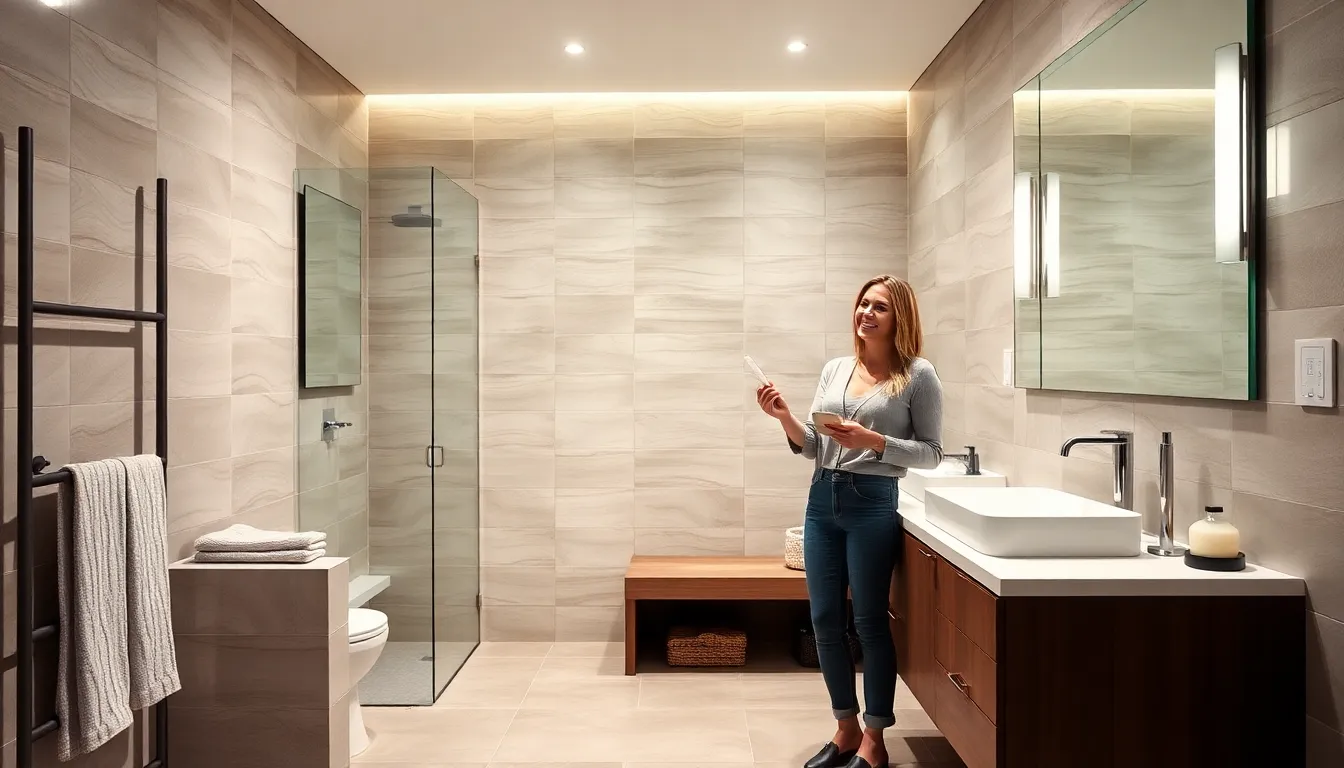Home insurance is like that trusty umbrella you always forget to bring—until the storm hits. But what if that umbrella has a few holes and isn’t quite as reliable as you thought? The good news is you don’t have to stick with a policy that’s more of a leaky bucket than a protective shield.
Table of Contents
ToggleUnderstanding Home Insurance
Home insurance acts as financial protection against damages and losses related to a homeowner’s property. This coverage encompasses various perils, including fire, theft, and certain natural disasters. Policies vary significantly, with options to customize coverage according to specific needs.
Homeowners can choose between basic and comprehensive policies. Basic policies cover essential threats such as fire and theft, while comprehensive options provide broader protection, including additional perils like flooding. Understanding the differences helps homeowners select the policy that best fits their situation.
Premiums fluctuate based on various factors. Homeowners must consider the location, age of the home, and the value of belongings when calculating costs. Policies may have different deductible amounts, which affect out-of-pocket expenses during claims.
Lenders often require homeowners insurance as part of the mortgage process. Mortgage agreements include stipulations ensuring that properties maintain adequate coverage. Homeowners lacking suitable policies might face challenges with refinancing or selling their homes.
Reviewing existing coverage regularly becomes essential. Situations may change, leading homeowners to require more extensive protection. Events like renovations, acquiring new belongings, or neighborhood developments can prompt adjustments in coverage levels.
Switching policies is possible at any time, providing flexibility to homeowners. Before making a change, it’s important to inform the current insurer and coordinate the start date of the new policy. This proactive approach prevents lapses in coverage and maintains financial security during unexpected events.
Reasons to Switch Home Insurance

Homeowners often consider switching insurance to enhance their financial protection and coverage. Various factors influence this decision.
Cost Savings
Choosing a more competitive policy can lead to significant cost savings. Current premiums may be higher than offerings from other companies. Comparing quotes helps identify better rates without sacrificing coverage. Discounts are often available for specific features, such as having security systems or bundling policies. Regularly reviewing insurance options can reveal potential savings that directly impact a homeowner’s budget.
Improved Coverage
Switching to a different policy can provide improved coverage tailored to individual needs. Policies differ in terms of exclusions and limitations. A comprehensive policy may cover additional perils that a basic policy does not, ensuring broader protection. Homeowners often find better options that include coverage for personal belongings or liability. Upgrading coverage helps address concerns that arise due to changes in personal circumstances, such as home renovations or acquiring valuable items.
The Process of Switching Home Insurance
Switching home insurance involves several key steps. Properly navigating each phase ensures continuous coverage and optimal protection.
Reviewing Current Policy
Assessing the existing home insurance policy is essential before making any changes. Homeowners should examine coverage limits, deductibles, and exclusions. Understanding these factors reveals potential gaps. Evaluating premium amounts also highlights whether current costs align with coverage received. If significant changes occur, such as renovations or new possessions, reviewing the policy becomes imperative. Identifying unmet needs leads to informed decisions about switching.
Researching New Options
Exploring new insurance options requires thorough research. Homeowners can access quotes from multiple providers, allowing for effective comparison. Considering factors such as premiums, coverage limits, and customer service ratings aids in decision-making. Reading reviews from other policyholders provides greater insight into potential insurers. Additionally, looking for discounts on specific features like security systems can enhance affordability. Gathering information on policies that tailor to unique circumstances promotes informed choices.
Timing Your Switch
Timing plays a crucial role in switching home insurance. To avoid lapses in coverage, homeowners should coordinate the switch with the current policy’s expiration date. Evaluating the timing also helps in taking advantage of market conditions, as rates can fluctuate. Initiating the switch either during the policy renewal period or after significant life changes ensures comprehensive coverage. If an alternative policy offers better coverage at a lower price, acting promptly strengthens financial protection.
Potential Challenges
Switching home insurance can involve several potential challenges. Understanding these obstacles helps homeowners navigate the transition smoothly.
Policy Overlaps
Policy overlaps occur when two insurance policies provide the same coverage for a single risk. Overlapping coverage can lead to unnecessary expenses. It’s essential to coordinate the timing of switching policies to prevent paying for redundant coverage. Homeowners should evaluate their existing policy terms, ensuring they fully understand their coverage and limits. Gaps in coverage may arise if they mismanage the transition, leaving them vulnerable to losses during this period. Consulting with insurance representatives can clarify coverage specifics and prevent overlaps.
Cancellation Fees
Cancellation fees pose a financial challenge when switching home insurance providers. These fees can arise from terminating a current policy before its expiration date. Homeowners must review the terms of their existing policy, as some insurers impose penalties for early cancellations. Knowing the potential costs aids in budgeting for the transition. Additionally, seeking policies with refund options for unused premiums may offset these expenses. It’s advisable to calculate the total costs associated with cancellation versus potential savings from the new policy, ensuring clarity in decision-making.
Switching home insurance can be a strategic move for homeowners seeking better coverage or lower premiums. It’s essential to stay proactive and assess current policies regularly. By understanding the nuances of different options and the potential benefits of switching, homeowners can secure the best protection for their needs.
Coordinating the transition carefully ensures that coverage remains uninterrupted. With the right approach, homeowners can enhance their financial security and peace of mind, making informed choices that align with their evolving circumstances. Taking the time to explore new policies can lead to significant advantages in protecting one’s most valuable asset.




